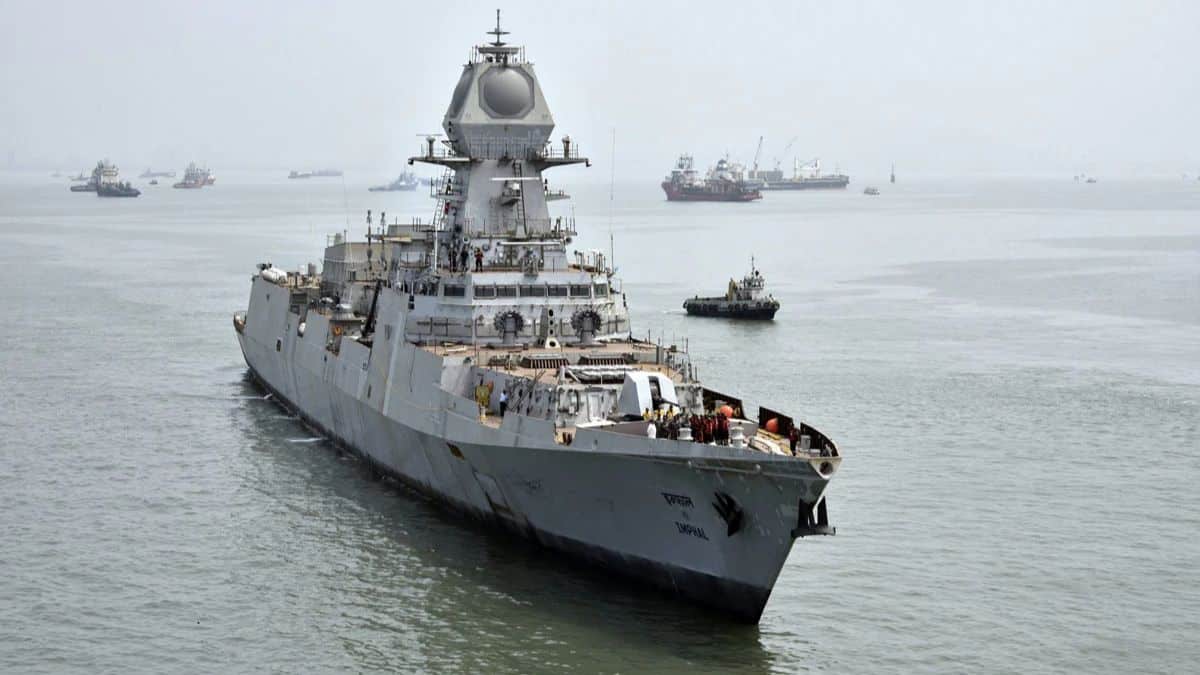In response to rising concerns over China’s increasing presence in the Indian Ocean region, the Indian Navy has commissioned its latest stealth-guided missile destroyer, INS Imphal, at the Naval Dockyard in Mumbai. The ceremony was attended by Defence Minister Rajnath Singh and Maharashtra Chief Minister Eknath Shinde.
The formal induction of INS Imphal represents the entry of the third ‘Visakhapatnam’ class destroyer into the Navy. These destroyers, crafted by the Indian Navy’s in-house organisation, the Warship Design Bureau, showcase the nation’s indigenous prowess.
With the unique distinction of being the first warship named after a city in the Northeastern region, a decision endorsed by the President in April 2019, INS Imphal emphasises the strategic importance of the Northeastern region for national security.
Admiral R Hari Kumar, the Chief of the Navy, emphasised the diverse responsibilities of INS Imphal, affirming that it will address not only physical threats arising from the seas but, crucially, act as a deterrent against any malicious intentions seeking to undermine our national unity. Currently, four destroyers of the 15 Alpha and Bravo class are actively engaged in countering piracy and defending against drone attacks on merchant shipping.
Defence Minister Rajnath Singh acknowledged that India has increased its surveillance of the seas following recent assaults on merchant navy vessels.
Constructed by Mazgaon Dock Limited, INS Imphal has an indigenous content of around 75%, featuring BrahMos surface-to-surface missiles, medium-range surface-to-air missiles, indigenous anti-submarine rocket launchers, and a 76mm super rapid gun mount.
As part of Project 15B (Visakhapatnam class), INS Imphal, measuring 163 metres in length and with a displacement of 7,400 tons, stands as a formidable naval presence. The ship is equipped with advanced weapons, sensors, and surveillance radar, establishing it as one of India’s most potent warships.
Designed to operate under Nuclear, Biological, and Chemical (NBC) warfare conditions, INS Imphal boasts high automation, stealth features, and survivability. Propelled by Combined Gas and Gas (COGAG) propulsion, the ship can achieve speeds exceeding 30 knots (56 km/hour).
It was delivered to the Indian Navy on October 20, post which INS Imphal successfully completed a rigorous trial program, including the test-firing of the extended-range supersonic BrahMos missile.


